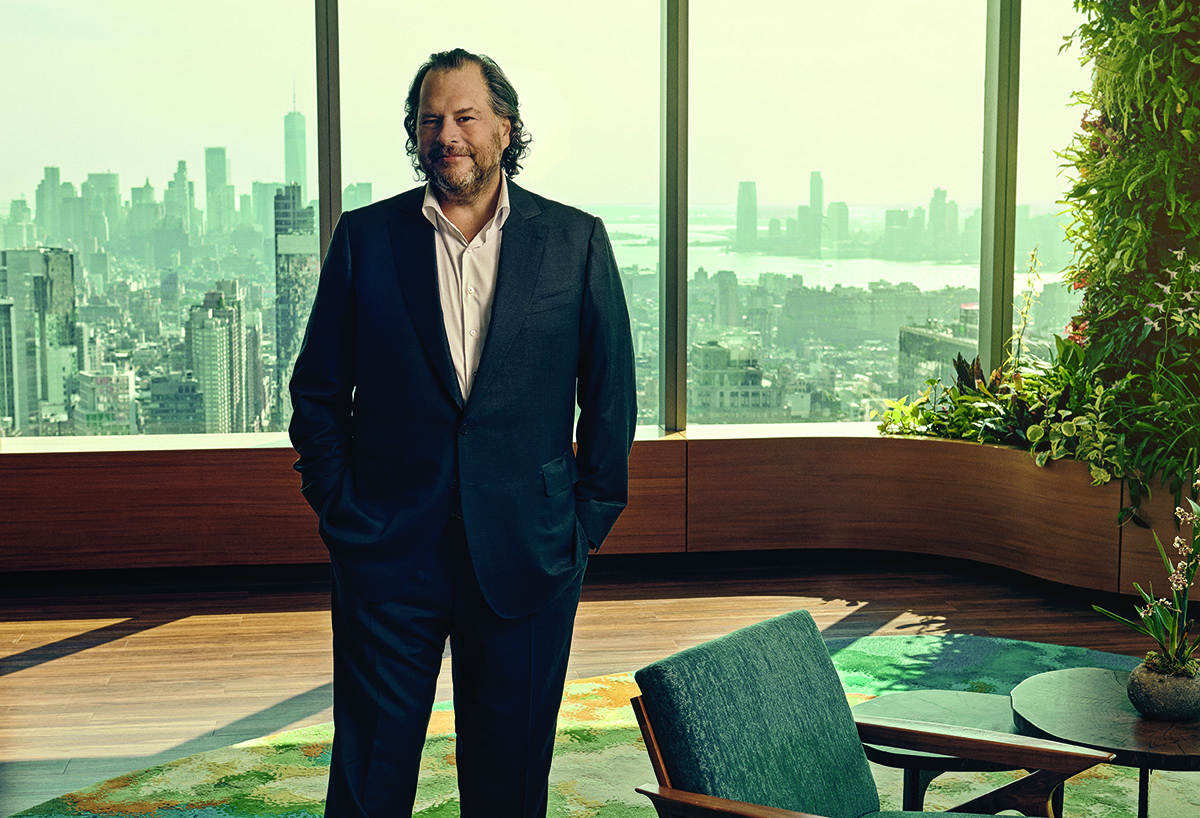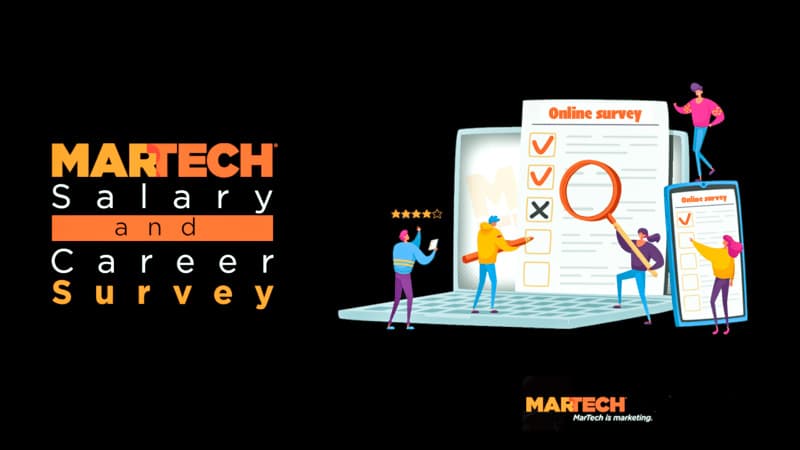Facebook can it make the switch from friend feeds to viralityfeeds?
Will Meta CEO Mark Zuckerberg’s fight with another company over the future of media cost him his own? Perhaps, just maybe. If his reaction to the latest Facebook changes are any indication.
“Yesterday, I clicked to ‘see less’ 44 Facebook posts [including] all of the videos from sources I do not follow,” Facebook friend and author Shel Israel posted recently. “This morning, I clicked ‘See Less” 62 more times.”
“This is spam and it’s coming from Facebook.”
Zuckerberg is determined to put out fire and fight it with fire. Most downloaded app of 2022 TikTok is easy, instant, and glues users’ eyes to smartphones for hours at a time thanks to algorithms that predict what cute cats or sports plays or fail videos you’re most likely to want to see. In response, Zuckerberg has decreedMeta’s AI recommendations on Instagram and Facebook will be doubled by Meta.
This strategy does not take into account what Facebook did for over a decade to make it almost impenetrable.
Facebook hasn’t always had the best content or the best interface or the best user experience. It’s arguably harder to use than fresher, younger upstarts, with dozens of options, tabs, and controls in the app on any given screen. The app is easy to use, with dozens of options and tabs on every screen. OK Boomer of social networks it’s just not at all cool with the kids anymore, and the company lost most of its luster with older generations too in multiple repetitive privacy fails — highlighted by the massive Cambridge Analytica scandal — and fake news content moderation policies applied in sometimes quixotic and often controversial ways.
Facebook’s friend graph has been a constant feature since its inception. All your people are available.
For a decade, social networking startups have been an increasing number. “Facebook for this vertical” and “Facebook for that demographic” have been media and investor pitches for just as long. But in a very Yogi Berra-ish “no one goes there nowadays, it’s too crowded” kind of way, everyone who left for the shiny new glitter of competitive social networks eventually had to sheepishly come back to Facebook because that’s where Mom and Uncle Dale were.
They just weren’t going to stick with NewAwesomeSocial app.
A social network that isn’t connected to your own social networks can be a real pain.
TikTok took a different approach. TikTok’s success is due to its Sun Tzu-inspired approach as it’s a Chinese business. Art of War approach: don’t attack your enemy’s strong points, attack your enemy’s weak spots. TikTok didn’t attempt to duplicate the social graph everyone tried but failed, it simply designed a way for TikTok to be able to give you what you want almost every time that you swipe your thumb up.
Forget friends.
Embrace virality.
Zuckerberg, seeing TikTok’s rise, has responded how he has always responded to business threats: copy and paste. Facebook’s and Instagram’s Reels are TikTok inside a Meta app. The company’s famed news feed is now getting a dose of TikTok.
In other words: stuff that Facebook thinks you’ll like, from people, brands, and influencers you have not explicitly chosen to follow.
That’s a challenge to our psyche, says Seth Berman, a VP of Marketing at Contentful, because it changes the implicit contract we have with our social entertainment platforms.
“Users see the Instagram feed as a mirror. Although algorithmic, the feed is still a reflection on one’s friends’ and chosen accounts. Users react emotionally when it shows strange things. This is because they are familiar with the content in their feed. In contrast to TikTok which was entertainment from the start … users never identified with TikTok content.”
Even more, it’s a challenge to Meta’s supremacy, because it moves the fight with TikTok from where Facebook is strong to where TikTok is strong.
In other words, it’s doing the exact opposite of what Sun Tzu’s Art of War suggests.
Facebook remains immensely powerful, far more so than TikTok. In SensorTower’s Q2 data digest, TikTok was the most-downloaded app. Meta is the owner of Instagram, WhatsApp Messenger, Messenger and WhatsApp Business,… five out of the top 10 most downloaded apps.
SensorTower lists the top 10 apps to use in Q2 2022
This is how it works: 50% of top 10 apps are controlled by one company. That’s global domination.
Of course, in a very Silicon Valley way, Meta CEO Mark Zuckerberg is following Intel founder Andy Grove’s advice: only the paranoid survive. The upstarts are the best way to lose. Or buy them young like Instagram or WhatsApp.
Zuckerberg leaves his friend graph and takes the low ground. He demolishes his fortress. He seizes the city he calls home.
Additionally, it is impossible to have everything. Facebook (the app) is already partly YouTube (the video tab that won’t stop playing until you physically stop it), partly TikTok (reels), partly Craigslist/eBay (the Marketplace tab), partly games, partly memories, partly events, partly shopping, partly message boards (groups), and partly social network (the main friend feed), among other bits and pieces of digital flotsam and jetsam that Zuckerberg has crowbarred into this creaking, lumbering, tottering old app.
Facebook is what?
Apparently, for Zuckerberg, anything that captures billions of peoples’ time and attention in any way necessary. Facebook needs to have all the necessary resources in order for people to never forget them. This allows Facebook and other brands and corporations to continue growing their customer base.
This is obviously possible.
One might say that the friend graph is a perishable asset, and they’re right. Facebook (the app), hasn’t really captured the younger generation, and Instagram (which has), has always been less about friends than about interests. This means that older generations who rely on Facebook to share photos of their babies and engage photos as well as vacation pictures will soon age.
However, it is unlikely that this time will come soon. And surely there are other ways of extending the friend graph to younger generations … if Meta had an ounce of creativity and innovation, rather than a hefty dose of “Redmond, start your photocopiers,” as Steve Jobs’ Apple always accused Microsoft.
It is possible to do virality via friend feeds, but not everyone with enough scale. Twitter can achieve it. TikTok is the master of this. YouTube has done it with great success. TikTok copiespastas number in the thousands. Triller does it.
There’s no moat besides scale, and multiple other companies have scale.
The shift from friend graph to foe is for some an inevitable.
“It’s an inevitable shift for viral social content to extend beyond the boundaries of one’s social graph,” says Adam Landis, founder and CEO of AdLibertas. “Let’s be honest, an outlandish video involving strangers is frankly more entertaining than a humdrum video of your friends. It’s the reason we gravitated towards Facebook in the first place: it was more fun to look at the exciting pictures of extended friends, than to flip through aunt Marge’s photo album.”
Landis believes Meta could merge the virality graph and friend graph. in a powerful way to emerge out of the shadow of TikTok’s threat even stronger.
“If Facebook can thread the needle of retaining user social graphs and capture the zeitgeist of surfacing global social content they stand to win,” he says.
That has to be CEO Mark Zuckerberg’s plan. But it’s not without risks, and not least of those risks is a user rebellion.
“The more Instagram blurs the line with algorithmically curated content and friends content, the more users will feel isolated and Instagram will lose them,” says Rebecca Caulkins, a marketer at Pixelberry Studios. “I also believe the more Facebook separates the two, the better retention the platform will have. Meta may temporarily experience monetization growth through Instagram, but I think they’ll see their users switch to peer-to-peer social networks like BeReal in the long run. This is from my perspective as someone from a younger generation who has been an avid Instagram user for years.”
And that’s the challenge.
Another challenge is? Facebook’s not really very good at virality yet, and especially not very good at mixing it effectively with friend content.
“I liked an interesting video of a whale following a guy on a kayak,” says Shel Israel in another Facebook post. “The next thing I know I am bombarded with videos of adorable animals. I like a comment by someone I don’t really know and now I am drowning in that person’s friends at the expense of seeing my own friends.”
“My sense is that [Facebook has]How much was adjusted [its]AI makes the final decision [its]AI is still lacking common sense. If [Facebook keeps]If you continue on the current course, I bet it will lead to [its] demise as the leading social network.”
One way to not see as many recommended posts is by unfriending someone: leave Facebook. This has been more frequent in my friend group. That, of course, is the nuclear option, and it’s the nuclear option that Zuckerberg and company are very much attempting to avoid.
It is difficult to find the right balance between TikTok virality and Facebook friend feeds. Meta runs the risk of Facebook being abandoned more frequently by its users. Meta seems to be concerned about the loss of some of its current audience, as it seeks out new audiences while also gaining more time from the people who will remain.
Meta will win more by changing?
“You seem to be laboring under the misapprehension that Facebook cares what their users think,” one of Israel’s Facebook friends responded to him.
Meta has another option. It can win through the courts. In the U.S. sentiment against China is high and TikTok from India has been blocked.
“If the tides are really turning on TikTok and the U.S. government gets involved due to data concerns, Meta might be positioned to fill the void if the number one choice is made unavailable,” says Sam McLellan, CMO at BigBrain Games.
That’s not the way most leaders want to win, at least not publicly.
However, some people are determined to win regardless of the cost.
























































![Key Metrics for Social Media Marketing [Infographic] Key Metrics for Social Media Marketing [Infographic]](https://www.socialmediatoday.com/imgproxy/nP1lliSbrTbUmhFV6RdAz9qJZFvsstq3IG6orLUMMls/g:ce/rs:fit:770:435/bG9jYWw6Ly8vZGl2ZWltYWdlL3NvY2lhbF9tZWRpYV9yb2lfaW5vZ3JhcGhpYzIucG5n.webp)


















